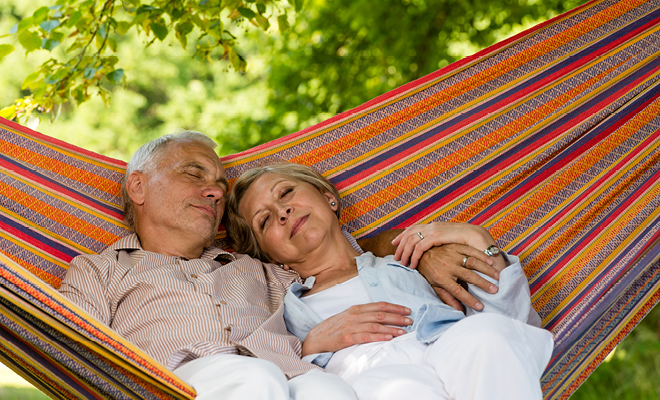Senior Safety: Tips For Aging In Place & Reducing Health Risks

When you want to age-in-place, it’s essential to make sure your home allows you to relax, stay comfortable, and feel healthy no matter what’s going on in your life. But as we get older, our needs change, so you’ll want to think about how to ensure your safety well into the future. If you have mobility issues now or anticipate them, it will be crucial to make sure your house has no potential hazards such as clutter, stairs, or cumbersome furniture.
As you survey the modifications you need to make, look for ways you can fund any necessary changes to your home and lifestyle. Medicare covers some equipment that can help with mobility issues that affect older adults, but you might also qualify for a loan or grant for certain modifications depending on which state you live in. Knowing exactly how much you have to spend and how what these specific changes will cost is also important, as you don’t want to get started with a project only to discover you don’t have the funds to finish it. Read on for tips that can help you age in place safely.
Will Medicare pay for anything?
Medicare is an invaluable resource for seniors, but there are many different plans to choose from and the coverage varies, so it’s essential to understand your specific plan and what is covered. For instance, Original Medicare does not pay for the installation of grab bars, while some Medicare Advantage plans will cover this cost. Original Medicare will usually cover the cost of equipment such as walkers, canes, and chair lifts, also known as Durable Medical Equipment. By digging into your coverage you’ll know what your eligible for and whether it’s worth switching plans during the next enrollment period.
Stay consistent
When it comes to staying safe at home, one of the biggest things to consider is maintaining consistency from room to room, especially where lighting is concerned. The lighting in your house can make a big difference in preventing falls, especially in hallways and on stairs, so make sure there are no dim spots that might facilitate an accident. If necessary, add lighting to darker areas. You can call in an electrical contractor to put up permanent fixtures, or you can always add battery-powered LED lights to keep things bright on a budget.
Declutter for safety
In addition to brightening up the interior of your home, it’s highly beneficial to remove any form of clutter or furniture that can impede your ability to move about with ease. Enlist family members to help you rearrange or remove large pieces of furniture and go through belongings you no longer need. It’s also a good idea to remove rugs and cords that could pose trip hazards.
Make some lifestyle changes
Because falls are one of the biggest contributors to senior injury, it’s important to learn how to change your lifestyle a bit in order to prevent and weather them. This might include daily balance exercises and stretches, wearing sturdy shoes around the house, or eating foods that will help to build up bones and muscles. Talk to your doctor about the best ways to start making changes within your lifestyle in order to stay strong and safe as you age-in-place.
Senior home safety is a broad topic, and there are many things to think about when you want to stay in your home for as long as possible. Take it one step at a time to avoid becoming overwhelmed, and keep your family and loved ones apprised of your plans so they can help when the time comes. With a little planning, you can ensure that your home is a safe and comfortable place to be for years to come.
This blog was written by a guest author. To learn more visit: https://athomeaging.info/




Sarah
Great article! However, I feel there’s another thing that this article could refer to- the importance of security window films in houses for the old. They are shatter proof, so they prevent any accidents or mishaps on higher floors. Moreover, solar control windows help in keeping the temperature in the house neutral, and prevent harmful sunlight from adding on to the possibility of skin diseases.